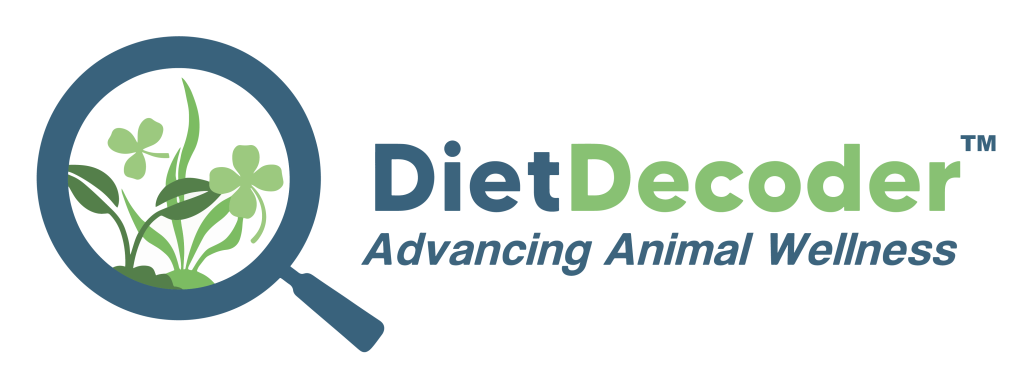


FAQs

Frequently Asked Questions
Just like we soil sample to determine what nutrients are needed for plant growth, it makes sense that we should pasture sample to establish what nutrients our animals require to grow and perform. As pasture forms the majority of the diet in NZ livestock systems, understanding the nutrient content of the pastures on your farm gives you a major advantage. How?
Determining mineral deficiencies or excesses in your pastures and making fertiliser application decisions based on soil analysis alone is limiting. Minerals in the soil are subject to many interactions that can affect plant levels. These interactions and total levels will differ between farms, so that plant mineral levels will also vary considerably between farms.
Taking a pasture sample on your farm allows you to identify the actual levels of minerals being ingested by stock, so you can confidently determine what minerals they require to perform. Understanding pasture mineral levels also means you can confirm nutrient requirements for pasture growth, potentially saving you from unnecessary fertiliser application.
- Pre-calving/Pre-lamb to assess macro and trace element status of herd or flock and metabolic risk
- Pre-mating/Pre-tup to assess macro element changes associated with the spring flush and reproductive risk
- For custom trace element blends and macro mineral levels
- To re-assess macro and trace element demand in summer with changing production (Dairy)
- At weaning to asses young-stock growth requirements and performance
- To determine trace element status of crops to be grazed
- While transitioning to using diverse swards and crops
- While transitioning to lower input systems
"The greater the supplementation, the greater the risk of failure”
Dr Pat Poletti
Connect with us
NAVIGATE
contact
SOUTH ISLAND
688 Christchurch Akaroa Road, Tai Tapu, 7672
PO Box 8106
New Plymouth, 4340
Ph: 027 676 7158
